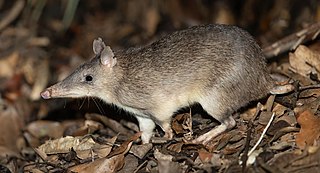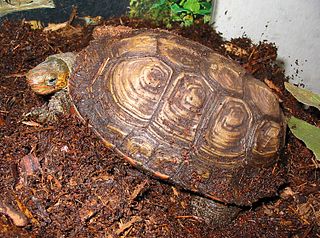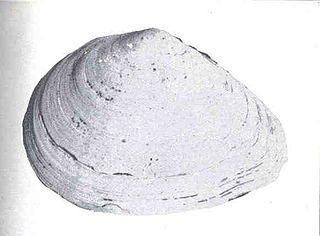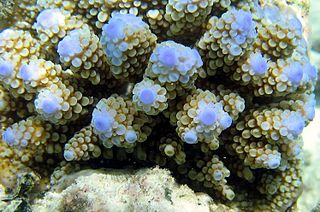
Ahaetulla nasuta, also known as Sri Lankan green vine snake and long-nosed whip snake, is a slender green tree snake endemic to Sri Lanka.

The long-nosed horned frog, also known as the Malayan horned frog or Malayan leaf frog is a species of frog restricted to the rainforest areas of southern Thailand and Peninsular Malaysia to Singapore, Sumatra and Borneo. However, records from Thailand to the Sunda Shelf may apply to another, possibly unnamed species.

The long-nosed bandicoot is a species of bandicoot found in eastern Australia, from north Queensland along the east coast to Victoria. Around 40 centimetres (16 in) long, it is sandy- or grey-brown with a long snouty nose. Omnivorous, it forages for invertebrates, fungi and plants at night.
Odorrana nasuta is a species of frogs in the family Ranidae that is endemic to Hainan, China. It occurs near streams in forested regions at elevations of 350–850 m (1,150–2,790 ft) asl. Breeding takes place in streams. It is threatened by habitat loss caused by smallholder farming activities and clear-cutting of forests.

Rhinoclemmys is a genus of turtles in the family Geoemydidae, the only genus in the subfamily Rhinoclemmydinae. Member species of the genus are commonly known as the Neotropical wood turtles and are the only geoemydids known from the Americas. As such, they have adapted to a wide range of habitats, which is reflected in the species' common names.

The large-nosed wood turtle is one of nine species of turtle in the genus Rhinoclemmys of the family Geoemydidae. It is found in Colombia and Ecuador.

Macoma nasuta, commonly known as the bent-nosed clam, is a species of bivalve found along the Pacific Ocean coast of North America. It is about 6 cm (2.4 in) long. It is often found buried in sands of 10–20 cm (3.9–7.9 in) in depth. This rounded clam has no radial ribs. Archaeological data supports the use of this species by Native Americans such as the Chumash peoples of central California.

Dichromia is a genus of moths of the family Erebidae first described by Achille Guenée in 1854.

Pararguda is a genus of moths in the family Lasiocampidae. The genus was erected by George Thomas Bethune-Baker in 1908. All the species identified in this genus were found in Australia.
Rhynchobombyx is a monospecific moth genus in the family Lasiocampidae first described by Per Olof Christopher Aurivillius in 1908. It contains the single species Rhynchobombyx nasuta, described by the same author in the same year.
Njalila is an informal name for a genus of gorgonopsian therapsids from the Late Permian of southern Africa. Fossils have been found from Malawi, Zambia, and Tanzania.

Alucita is the largest genus of many-plumed moths ; it is also the type genus of its family and the disputed superfamily Alucitoidea. This genus occurs almost worldwide and contains about 180 species as of 2011; new species are still being described and discovered regularly. Formerly, many similar moths of superfamilies Alucitoidea, Copromorphoidea and Pterophoroidea were also placed in Alucita.
Alucita nasuta is a moth in the family Alucitidae. It is found from Colombia north to Mexico.
Ethiopsella is a monotypic snout moth genus. Its only species, Ethiopsella nasuta, is found in Nigeria. Both the genus and species were described by George Hampson in 1930.
Mesoclemmys nasuta is a species of turtles that lives in Bolivia, Colombia, Peru, Brazil and the Guyanas.

Gymnoscelis tristrigosa is a moth in the family Geometridae. It was described by Arthur Gardiner Butler in 1880. It is found from Sri Lanka and Taiwan to Fiji, Tonga and New Caledonia.
Chrysocraspeda nasuta is a species of moth of the family Geometridae. It is found in Madagascar.

Acropora nasuta is a species of branching stony coral in the family Acroporidae. It is native to the western and central Indo-Pacific where it is found in shallow reef habitats. Like other corals of the genus Acropora, it is susceptible to coral bleaching and coral diseases and the IUCN has listed it as being "Near Threatened".











